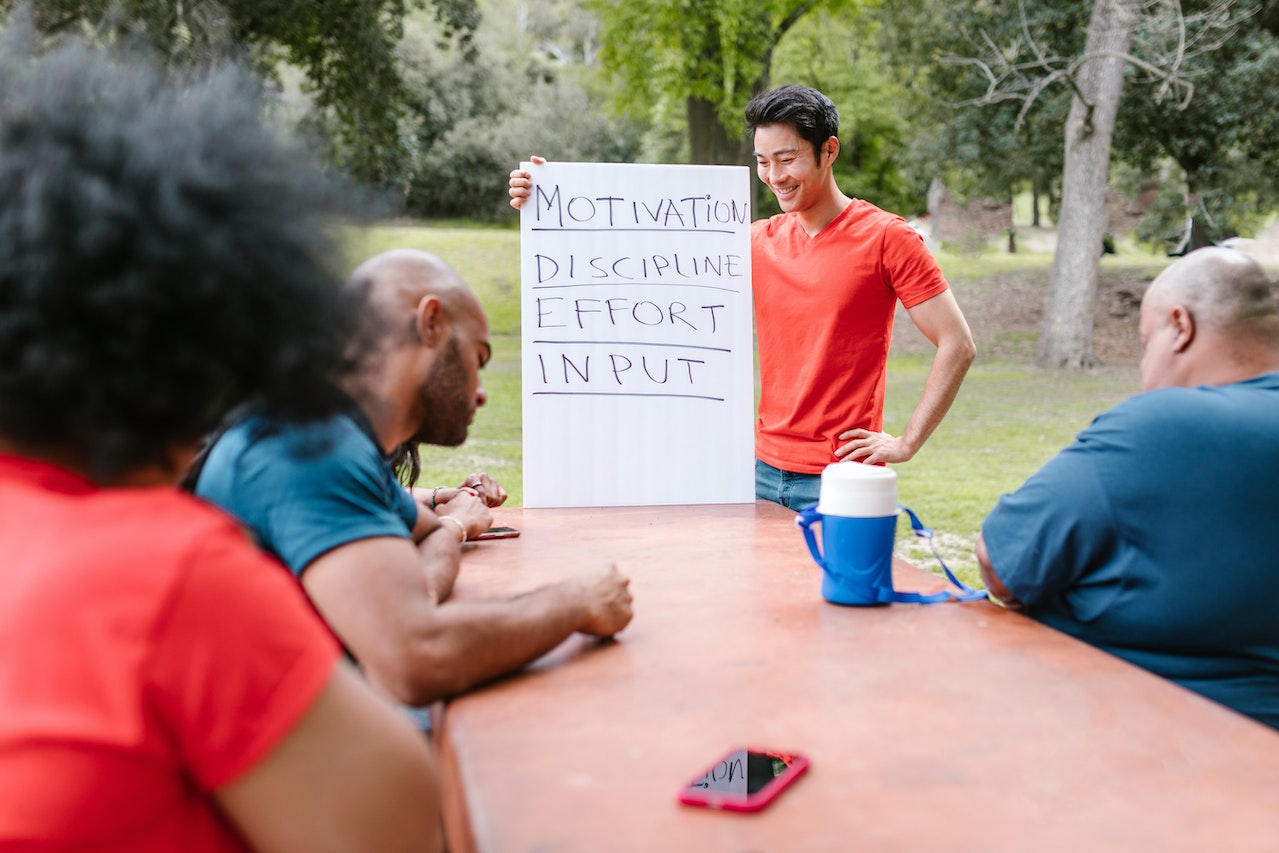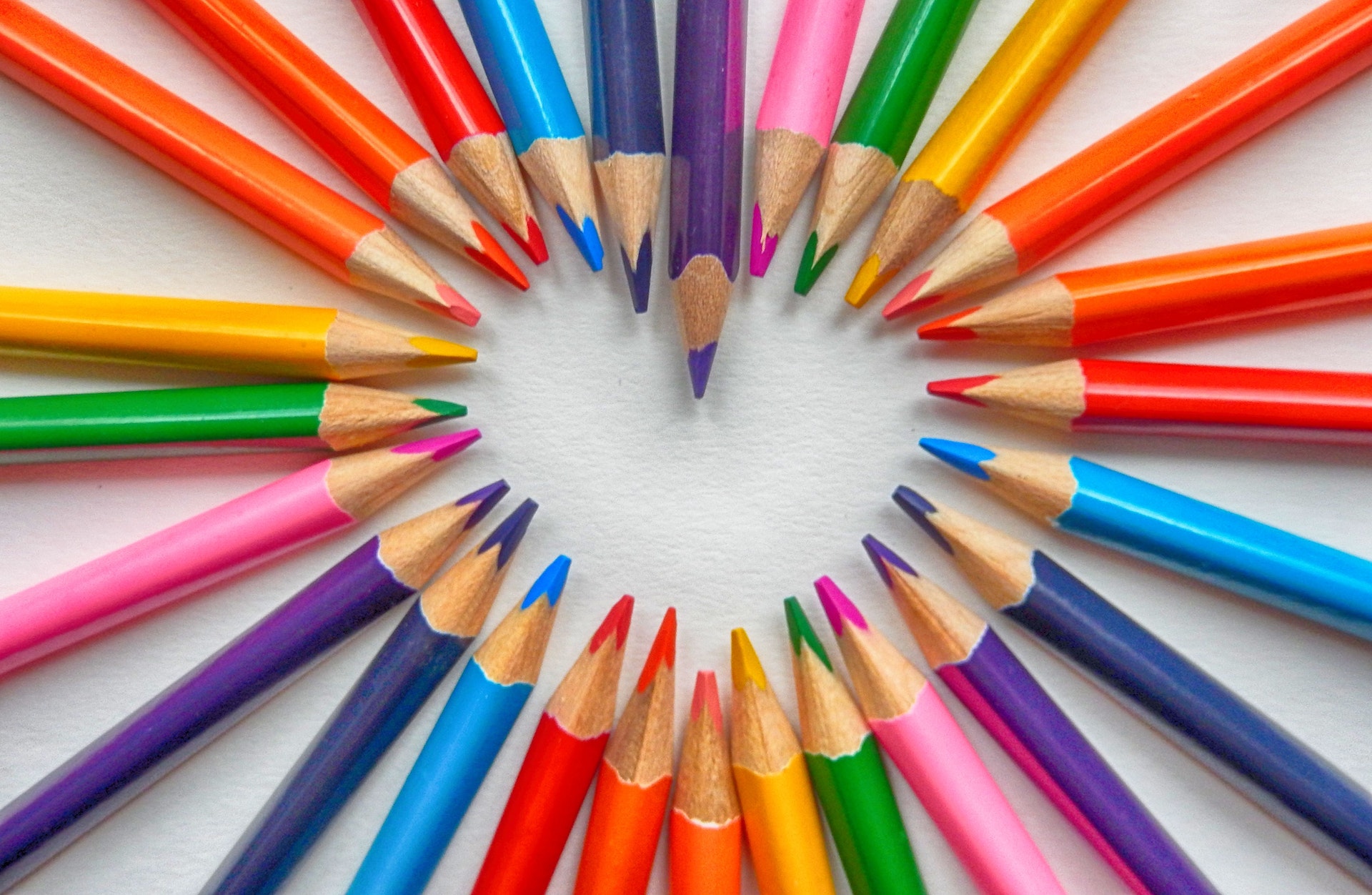

Working together as a multigenerational team isn’t always the easiest thing to do. Individuals of different generations often have different value sets and methodologies for approaching work. They might also prefer to use different software to support their respective work styles. The uncommunicated or misunderstood disparity in ideals can cause friction that may lead to serious conflict between individuals or entire teams. And organizational rifts can leave a lasting impression on a team’s culture that lingers like a thorny phantom.
If it feels like your team is approaching such a rift, take heart. It’s not a fate your team is bound to, as many multigenerational teams have found ways to collaborate effectively. Because when it comes down to it, people are fundamentally more similar than they are different. Throughout history, people of diverse interests and backgrounds have been able to overcome their differences to achieve great things. So here are five ways your team can overcome multigenerational differences to collaborate more effectively.
1. Discuss Values
One of the biggest obstacles for multigenerational teams to overcome is value differences. People see the world through their own lens and unconsciously apply their values to everything they look at. Take three different people that see the same object — a stick lying on the floor of the woods, for example. A child might see the stick as a makeshift sword, whereas an ecology major might see the forces of decay working over time. A third person, a veteran dog breeder, may see the stick as a great tool to use for training.
Not only your age but also your role heavily influences the way you perceive the world. And, as it happens, older team members are generally in senior roles, with younger members in junior roles — but not always. Multigenerational teams can struggle to collaborate because of mixed perceptions, unspoken differences in values, and imbalanced power dynamics. So it’s important to make sure your organization creates space for ongoing value conversations between team members. Set aside time to explicitly discuss company values and give members a platform to voice their goals and concerns appropriately.
2. Ongoing Education
While many individuals and teams might have the best of intentions, that doesn’t mean they’ll always communicate effectively. It can be difficult to translate exactly what you’re feeling into intelligible, considerate, and persuasive speech. Many people’s ideals and perceptions are tied to their linguistic perceptions. If someone doesn’t have the right language, they can struggle to understand a certain concept. On the flip side, certain outdated language can cripple someone’s ability to absorb new information because it doesn’t fit with their previous paradigm.
Thankfully, there are diversity and inclusivity training programs aimed at helping people break outdated conceptions and incorporate new ones. You may find that some people are reluctant to undergo such a program. However, it’s important to make sure that your organization is inclusive of an ever-increasingly diverse workforce. Cultural differences will come into conflict if there isn’t sufficient workplace scaffolding and support established ahead of time. Plus, ongoing education facilitates a workplace environment of curiosity, growth, and lifelong learning.
3. Inclusive Bonding
Another reason why people in multigenerational teams may struggle is that they haven’t bonded enough. There are a host of different ways that people can bond, both positive and negative, but you’ll likely want to focus on the former. Negative bonding occurs when people share the experience of enduring adversity together without an appreciation for what has been learned that has been beneficial to both sides. Positive bonding occurs when people share uplifting, moving, and joyful experiences, generating positive momentum that carries teams forward. Both experiences can be conducive to helping teams collaborate, but negative bonding can generate internal, lasting rifts between parties.
It’s better, then, to focus on creating positive bonding experiences for your team whenever you can. Holiday parties and company retreats are classic examples of work-environment experiences manufactured to encourage positive bonding. However, in the case of multigenerational teams, it may be harder to hit the mark of what everyone would agree is a good time. So, just like having a values discussion, ask your team members what they’d like to do by putting it to a vote. A democratic outcome can be more palatable as people will usually tolerate, if not enjoy, what the majority voted on.
4. Adopt New Workstyles and Software
In addition to boosting team collaboration through socialization, it’s important to tackle the issue from a practical standpoint as well. The way that teams actually work together has changed dramatically over the past couple of decades. Especially with the advent of the 2020 global pandemic, remote work has become more ubiquitous than ever before. And whether or not you personally are a fan of remote work, the reality is that many people are and will continue to seek opportunities that support it. Including remote workers is just one example of the kinds of various styles you may need to account for on a daily basis.
Using the appropriate software will help build up ongoing team collaboration. Besides email, there are myriad communications channels, video conferencing, gaming platforms, and other software that facilitate various office cultures. Even if your team is entirely local, using simple software like synced team calendars can make a big difference in workplace cohesion. It’s important to note here that some generations may struggle with new technology more than others. So make sure that you encourage younger generations to be patient and cultivate helpful mindsets.
5. Update Your Employee Value Proposition
The disparity of employee benefits can be a real sticking point for many people. Part of how employees are valued and how they feel valued is measured by what they’re offered. When employees feel like everyone is valued equally, or at least appropriately for their position, collaboration is easier. Being valued appropriately increases the respect people feel for each other, and respect greases the wheels of social interaction. Make sure that your Employee Value Proposition (EVP) reflects the people actually working at your business.
What kind of EVP do you offer your millennial employees compared to your baby boomer employees? Are there advantages that different generations can share, or is there too great a disparity? Employee wellness programs that focus on establishing a healthy work/life balance tend to be appealing to many generations. However, long-term investment programs and frequent social events may appeal to some more than others. When dealing with multigenerational teams, make sure you accommodate different needs and desires with an appropriate range of benefits.
Keep Working Forward
One of the greatest difficulties that arise between people in multigenerational teams is the disagreement that comes from holding different values. Your team will likely come into conflict if individuals aren’t able to effectively communicate their perspectives to each other. Diversity and inclusion training will help increase your team members’ communicational literacy. Facilitate respect between generations by educating people to use a common language — and common sense.
Likewise, encourage your teams to work together on the same platforms. These days, there are many workplace software available that make workflow pipelines more visible than ever. Offering appropriate benefits will help your team members feel valued. Having a diverse, multigenerational team doesn’t mean everyone has to be perfectly the same. More so, it’s about making sure everyone feels respected and heard by each other.
Featured Image Credit: Photo by RODNAE Productions; Pexels; Thank you!











Angela Ruth
My name is Angela Ruth. I aim to help you learn how Calendar can help you manage your time, boost your productivity, and spend your days working on things that matter, both personally and professionally. Here's to improving all your calendars and becoming the person you are destined to become!